Pet Project
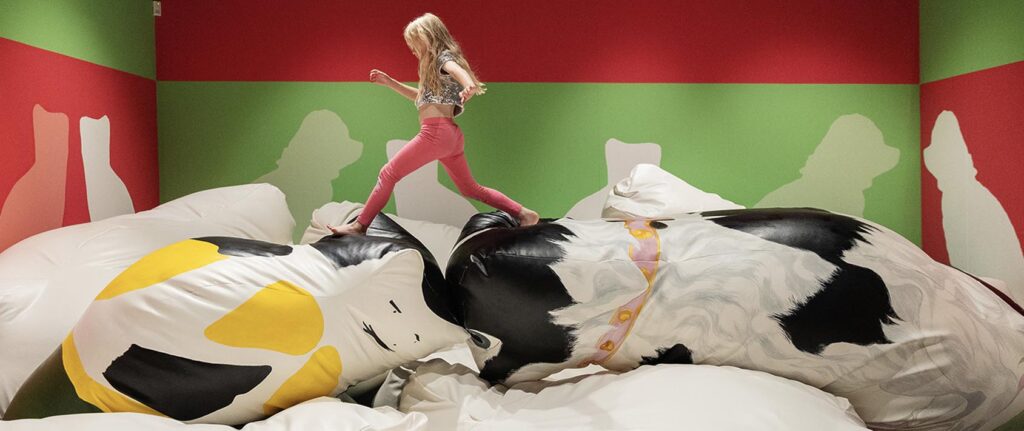
The Bowes Museum was founded by Joséphine and John Bowes and opened to the public in 1892. Even though it looks like a French chateau it was never used as a residence, but was designed and built to showcase the Bowes’ huge collections of paintings, textiles, ceramics, furniture and silverware. Pet Project responds to the […]
Cambridge Playlaws
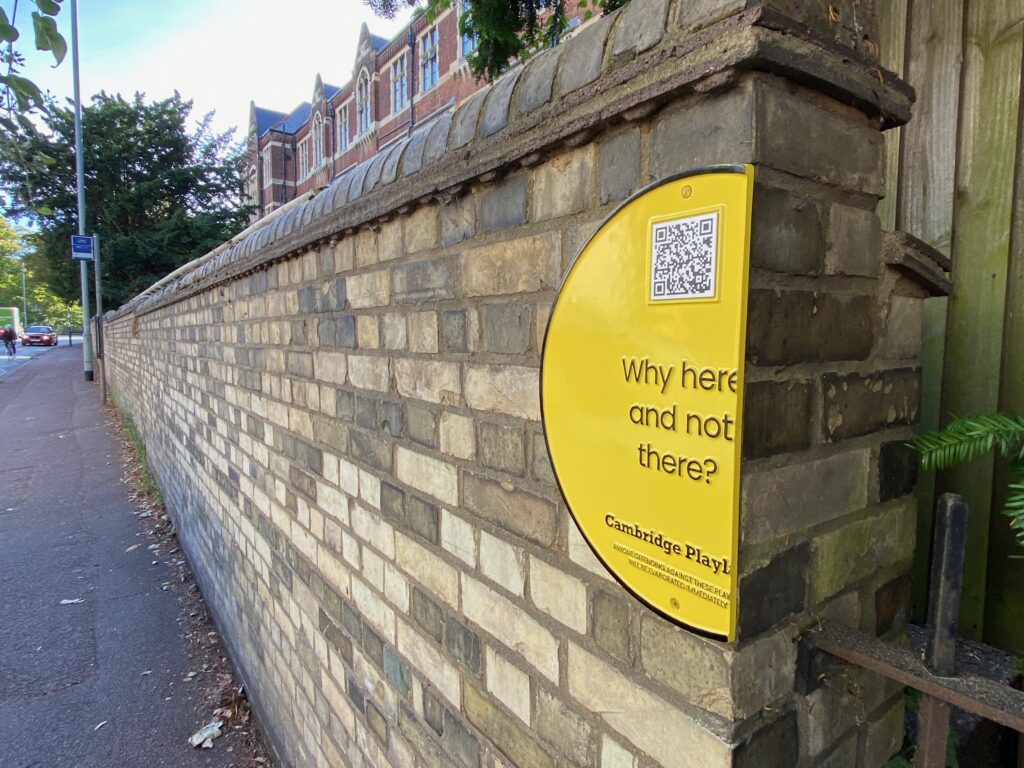
The Cambridge Playlaws are a series plaques that encourage Cambridge citizens to reconnect with their playful selves and to be more playful in public spaces. There are 10.6 plaques in total – 10 complete plaques and 0.6 of plaque that is just over half legible – responding to the way in which the project is […]
Play Revolution
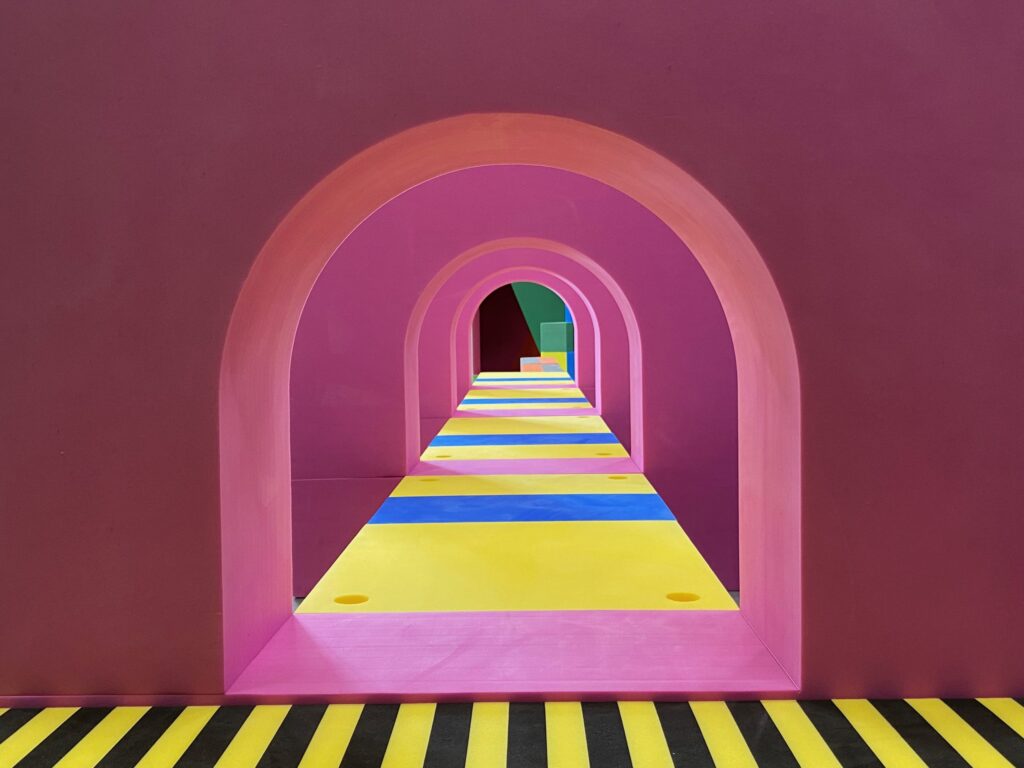
Play Revolution is a playful art installation for Wonderlab: The Bramall Gallery at the National Railway Museum (NRM) in York. It is a permanent, interactive artwork that includes fixed and loose parts to explore engineering habits of mind. All elements are influenced by the displays and archives at the museum with input from children and […]
PlayShapes
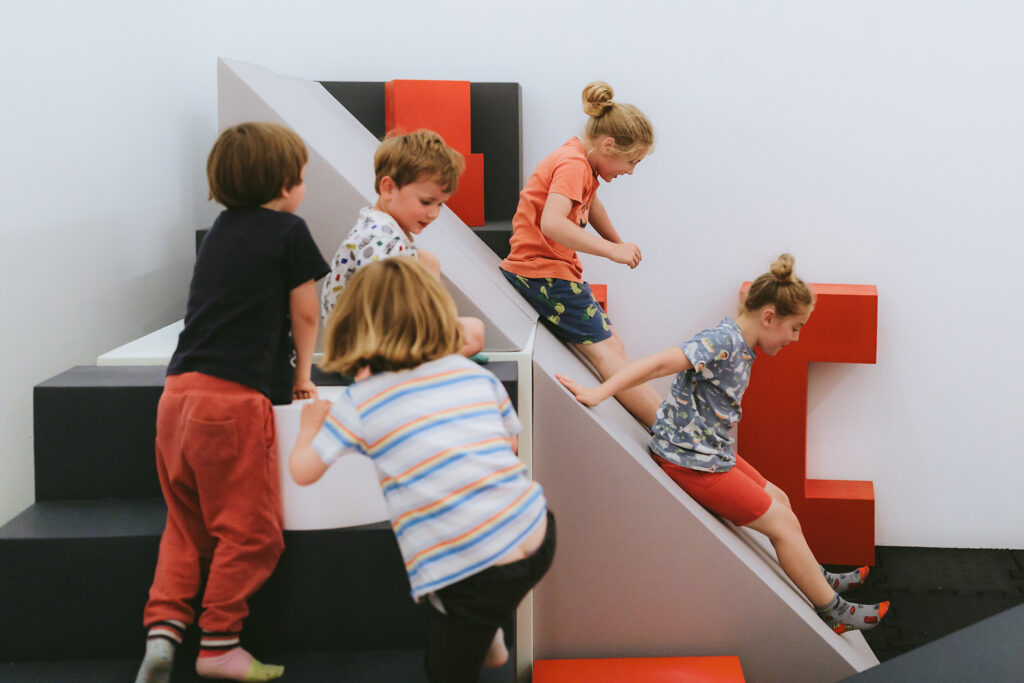
PlayShapes is an interactive, play-led activity for children that allows them to create their own sculptures, installations or playscapes. Based on 1m coloured cubes that break down into steps, triangles, polygons, rectangular prisms, and cylinders children use their imaginations to create new structures either alone or in groups. At the beginning of each 45 minute session seven cubes are set […]
Skip, Play, Repeat
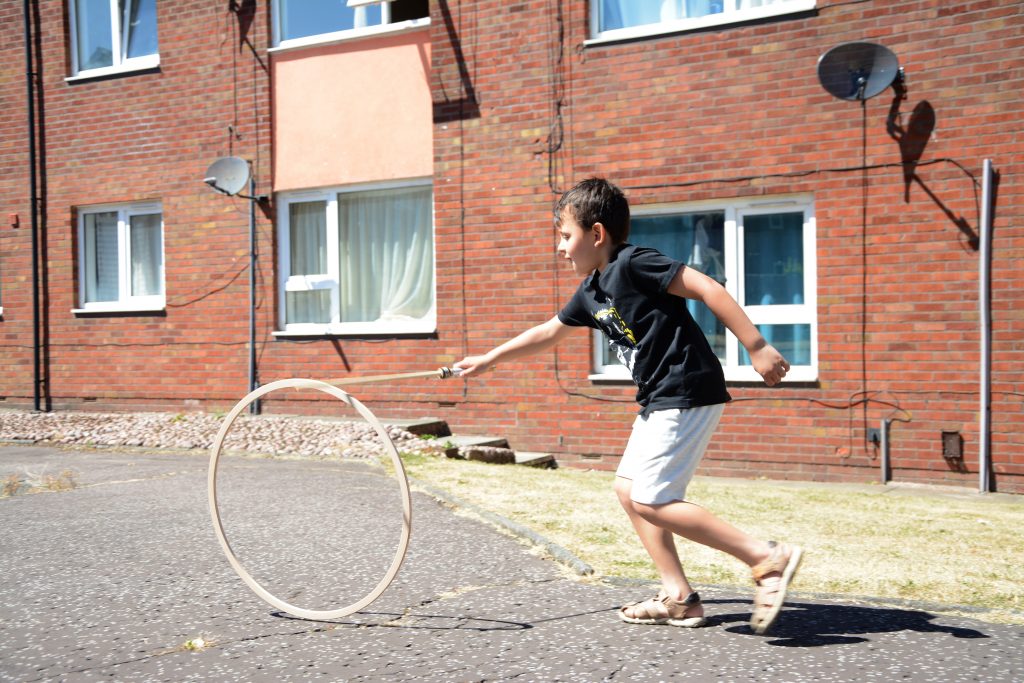
‘Skip Play Repeat’ is a playful and participatory artwork commissioned by Mirador Arts for ‘Walking In Other’s Footsteps’. The project is a response to the Elizabeth Roberts Working Class Oral History Archive, one of the most important collections of oral history testimonies of working class life in north west England. Mirador Arts commissioned three artists […]
Consumption
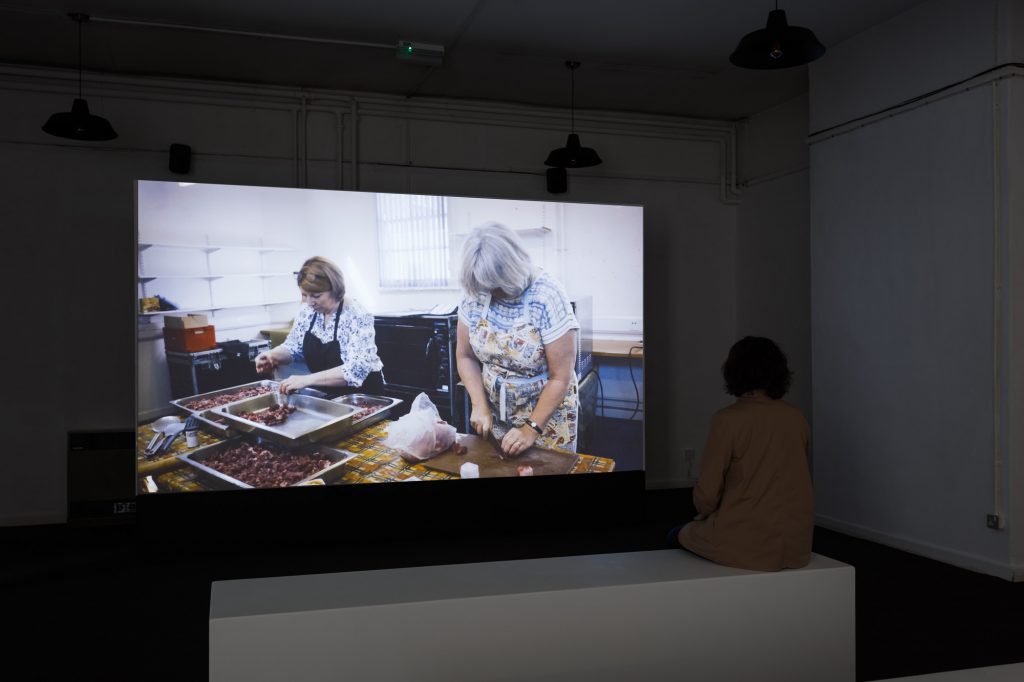
Consumption is a site specific installation for Ripon Workhouse Museum addressing issues around wellbeing in older people. Working with the museum’s team of volunteers, Consumption shows the volunteers preparing and eating a standard meal served to inmates in 1861. The volunteers sit in rows, segregated by sex as they would have been in 1861, eating […]